Unlock Energy Efficiency: Experience Our Comprehensive Thermal Audit Services
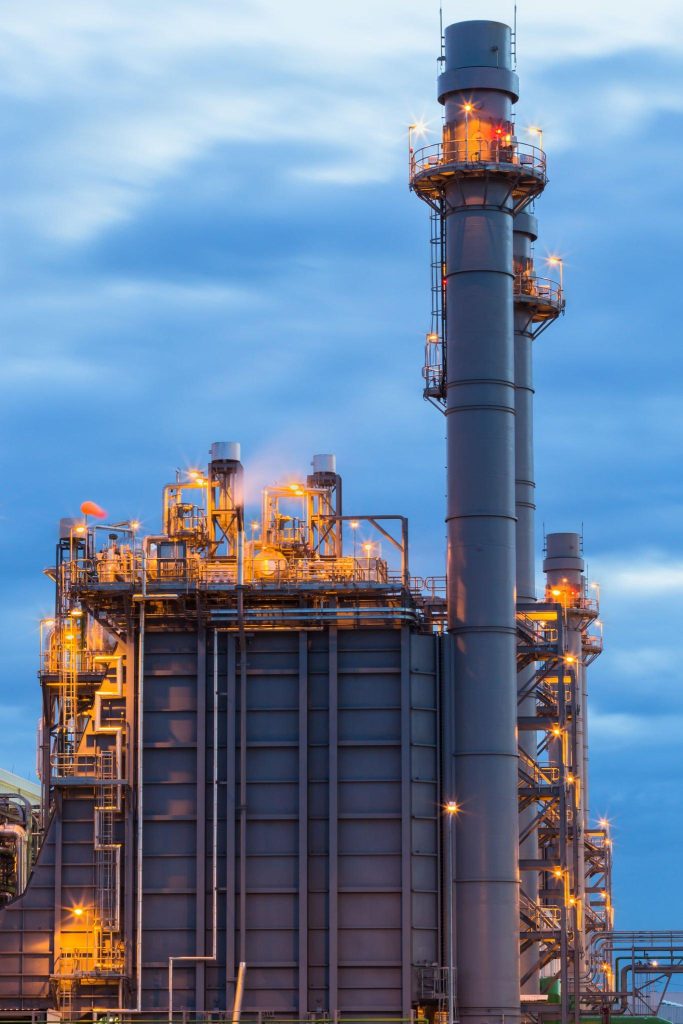
Welcome to Elion Technologies and Consulting Private Limited, a pioneering force in the field since 2010. As industry leaders, we specialize in comprehensive thermal audit services that empower businesses to unlock unparalleled energy efficiency. Our team of expert and BEE-certified auditors harnesses the latest cutting-edge instruments to conduct meticulous testing, ensuring accuracy and precision.
Dedicated to excellence, all our instruments undergo annual calibration through NABL- accredited labs, guaranteeing the highest standards of performance. Our team comprises seasoned engineers from diverse fields, while our auditors boast over three decades of invaluable experience. This collective expertise allows us to deliver unparalleled insights and recommendations tailored to your specific needs.
At Elion Technologies, we don’t just conduct audits; we engineer sustainable energy savings. Our track record is a testament to the success stories of our clients who have witnessed remarkable improvements in their energy consumption patterns and operational costs.
Schedule Your Audit Today
Key Benefits
1. Decades of Expertise: With over three decades of experience, our auditors bring unparalleled knowledge to every thermal audit, ensuring accurate assessments and insightful recommendations.
2. Cutting-edge Instruments: Our commitment to excellence is reflected in our use of the latest, high-precision instruments for testing. Each instrument is annually calibrated through NABL-accredited labs, guaranteeing reliability and precision.
3. BEE-Certified Auditors: Our team includes auditors certified by the Bureau of Energy Efficiency (BEE), assuring you of the highest industry standards and compliance with energy efficiency norms.
4. Multidisciplinary Engineers: Our diverse team of engineers from various fields ensures a comprehensive approach to your thermal audit. This enables us to provide tailored solutions that address specific challenges across industries.
5. Proven Energy Savings: Our clients success stories speak for themselves. By implementing our recommendations, businesses have achieved sustainable energy savings, leading to reduced operational costs and a positive environmental impact.
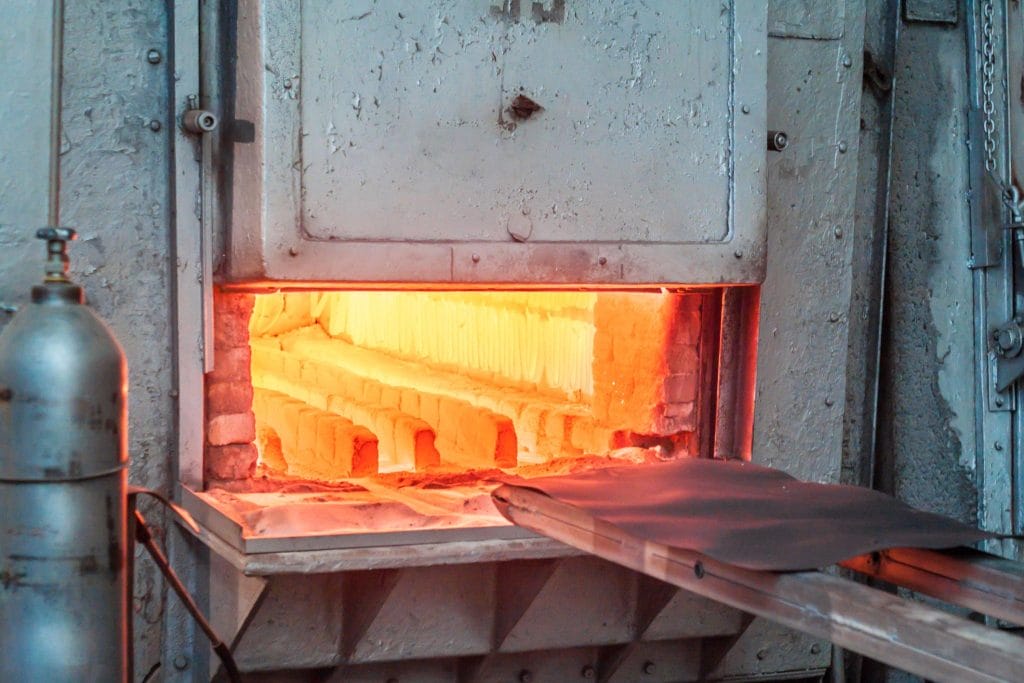
6. Holistic Insights: Beyond numbers, we offer a holistic perspective on your energy usage patterns. Our audits delve deep into your systems, identifying hidden inefficiencies and opportunities for improvement.
7. Customized Recommendations: There’s no one-size-fits-all approach here. We understand that each business is unique, and our recommendations are customized to suit your operational requirements, ensuring practical and feasible solutions.
8. Green Future: By partnering with Elion Technologies, you contribute to a greener future. Our audits contribute to reduced carbon footprints, aligning your business with sustainability goals and environmental responsibilities.
9. Comprehensive Reports: Our audit reports are detailed and easy to understand, presenting complex data in a clear format. This empowers you to make informed decisions that drive meaningful change.
10. Long-term Partnership: Beyond the audit, we’re committed to being your ongoing partner in energy efficiency. We’re here to support the implementation of recommendations, monitor progress, and continually optimize your energy consumption.
Request a Consultation
Key Features
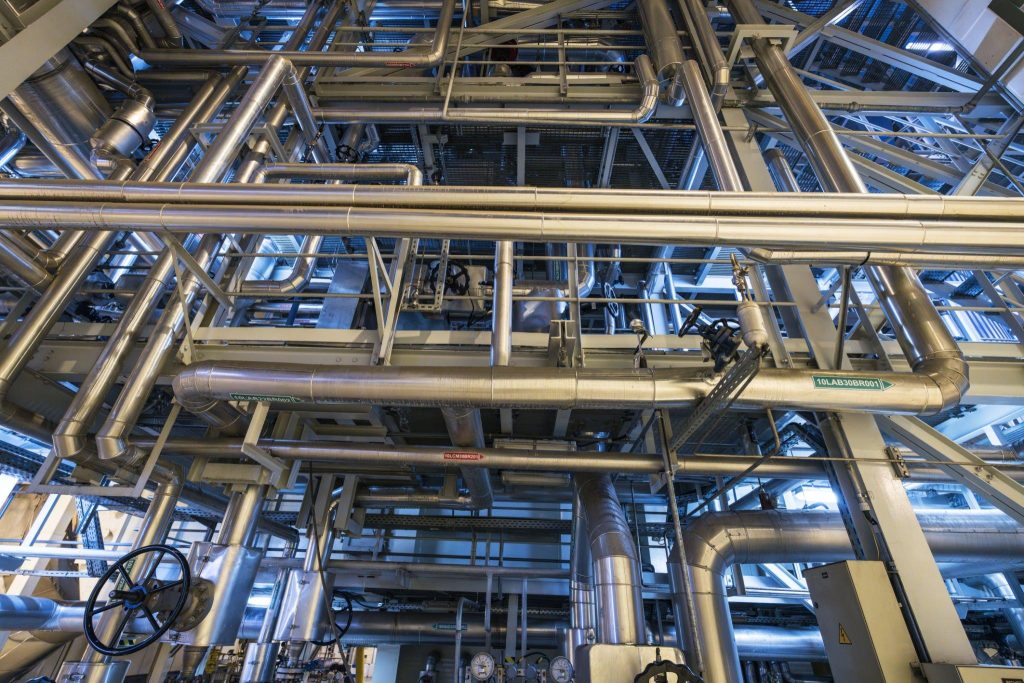
At Elion Technologies and Consulting Private Limited, we offer a range of advanced thermal audit services designed to optimize energy consumption, drive operational efficiency, and promote sustainable practices across various industries. With a rich legacy dating back to 2010, our expertise is underpinned by decades of experience and a commitment to innovation. Our service offerings encompass:
1. Thorough Inspection and Analysis: Our BEE-certified auditors conduct meticulous inspections of your facility, using state-of-the-art instruments that undergo annual calibration through NABL-accredited labs. This ensures accurate measurements and reliable data collection.
2. Multidisciplinary Approach: Our team of engineers hailing from diverse fields brings a holistic perspective to the audit process. By examining thermal dynamics from various angles, we uncover hidden inefficiencies and provide comprehensive insights.
3. Energy Usage Profiling: We delve deep into your systems to profile energy consumption patterns, identifying peak usage times, areas of wastage, and opportunities for optimization.
4. Detailed Reporting: Our audit reports are comprehensive yet user-friendly, presenting complex findings in a clear and actionable format. We provide an in-depth analysis of current energy usage, areas for improvement, and customized recommendations.
5. Customized Solutions: Recognizing that every business is unique, we tailor our recommendations to your specific operational needs. Our solutions are practical, feasible, and aimed at delivering tangible results.
6. Sustainable Savings: Our track record speaks volumes – our clients have achieved significant and sustainable energy savings by implementing our recommendations. This translates to reduced operational costs and a smaller environmental footprint.
7. Continuous Support: We’re more than auditors; we’re partners in your journey towards energy efficiency. Beyond the audit, we assist in the implementation of recommendations, monitor progress, and provide ongoing guidance.
Partner with Elion Technologies for a thermal audit experience that transcends mere assessment. We’re dedicated to transforming your energy consumption patterns, enhancing your bottom line, and leaving a positive impact on the planet. Let’s work together to build a more efficient and sustainable future.
Transform Your Energy Strategy
Why choose us?
1. Proven Expertise: With a remarkable presence in the industry since 2010, we possess a wealth of experience that translates into unmatched insights and precision in thermal audits.
2. Seasoned Professionals: Our team of BEE-certified auditors comprises professionals with over three decades of hands-on experience, ensuring your audit is in the hands of industry veterans.
3. Cutting-edge Instruments: We invest in the latest high-precision instruments for accurate data collection. Annual calibration through NABL-accredited labs guarantees reliability, ensuring the highest standard of quality.
4. Diverse Engineering Backgrounds: Our multidisciplinary team of engineers brings diverse perspectives to the table, enabling us to uncover inefficiencies and recommend tailored solutions across various sectors.
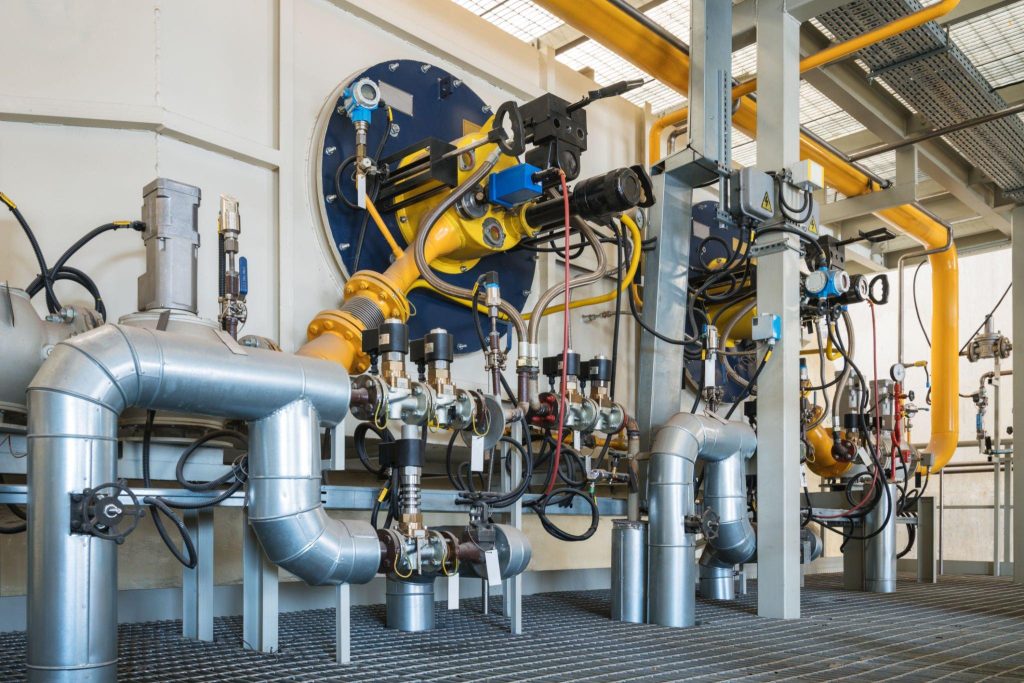
5. Customized Solutions: We don’t offer one-size-fits-all solutions. Our recommendations are customized to your unique operational requirements, ensuring practicality and effectiveness.
6. Sustainable Savings: Our track record speaks volumes. Clients who have embraced our recommendations have experienced tangible energy savings, leading to reduced costs and a positive environmental impact.
7. Comprehensive Insights: We don’t just crunch numbers; we provide holistic insights into your energy usage patterns, enabling you to make informed decisions that drive significant change.
8. Transparent Reporting: Our detailed yet easy-to-understand audit reports present complex data in a clear format. This empowers you to understand the issues and solutions without technical jargon.
9. Green Future Advocates: By choosing us, you contribute to a greener future. Our audits pave the way for reduced carbon footprints, aligning your business with sustainability goals.
10. Ongoing Partnership: We don’t just audit and leave. We stand by you as a long- term partner, aiding in the implementation of recommendations, monitoring progress, and ensuring continued improvements.
Get Your Free Assessment
Industry Experience
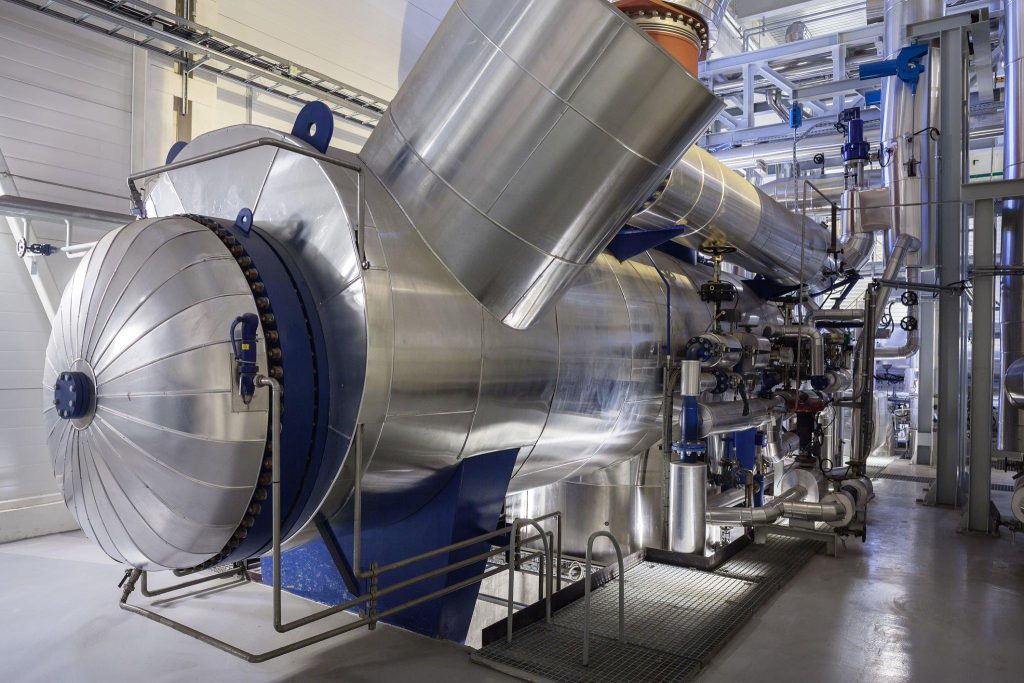
With a legacy spanning over a decade, Elion Technologies and Consulting Private Limited stands as a beacon of industry experience. Our journey since 2010 has not only honed our skills but also empowered us to excel across a wide array of sectors. Our industry experience includes, but is not limited to:
1. Manufacturing: We’ve delved into the intricate thermal dynamics of manufacturing processes, optimizing energy consumption, and bolstering operational efficiency.
2. Commercial Spaces: From office buildings to retail outlets, we’ve helped businesses transform their spaces into energy-efficient environments, reducing costs while maintaining comfort.
3. Hospitality: Our expertise extends to the hospitality sector, where we’ve streamlined energy usage in hotels, resorts, and restaurants, striking the perfect balance between guest satisfaction and sustainability.
4. Healthcare: We’ve navigated the complex energy demands of healthcare facilities, ensuring optimal thermal conditions while minimizing energy waste.
5. Education: Our audits have contributed to energy-conscious campuses, enabling educational institutions to allocate resources effectively and set an example for sustainability.
6. Data Centers: The critical nature of data centers demands precise temperature control. Our audits ensure these centers operate at peak efficiency while maintaining the required cooling.
7. Industrial Facilities: Industries with diverse energy needs have benefited from our insights, achieving tangible energy savings that positively impact both their budgets and environmental footprint.
8. Residential Complexes: Even in residential settings, our audits have led to reduced energy bills and increased comfort for occupants.
Our extensive industry experience, bolstered by our team’s multidisciplinary backgrounds, equips us to understand the unique challenges each sector presents. We not only comprehend the technical intricacies but also recognize the economic and environmental implications of our recommendations. This breadth of understanding is what sets us apart and enables us to deliver holistic solutions that go beyond audits – they drive transformation.
Partner with us to leverage our profound industry experience and unlock the full potential of your energy efficiency endeavors. Together, we’ll shape a more sustainable and prosperous future for your business.
Partner for Progress
FAQs
A thermal audit is a comprehensive assessment of a facility’s energy usage, focusing on identifying thermal inefficiencies, energy wastage, and opportunities for improvement.
A thermal audit helps you pinpoint areas where energy is being wasted, allowing you to make informed decisions to reduce operational costs and environmental impact.
The duration varies based on the size and complexity of the facility. Generally, audits take anywhere from a few days to a couple of weeks.
A thermal auditor uses specialized equipment to measure temperature variations, thermal leaks, and inefficiencies in your facility’s heating, ventilation, and cooling systems.
Efforts are made to minimize disruption. Auditors often work during non-peak hours to avoid interrupting regular activities.
Any business that utilizes energy for heating, cooling, or ventilation can benefit. This includes manufacturing, commercial, residential, and institutional sectors.
By identifying inefficiencies, audits enable you to make targeted improvements that reduce energy consumption, leading to lower utility bills.
Yes, many recommendations are practical and can be implemented by facility managers. However, specialized tasks might require professional assistance.
Yes, many regions offer incentives or grants to encourage businesses to conduct energy audits and implement energy saving measures.
Audit results are highly accurate due to advanced measuring equipment and the expertise of certified auditors.
Results vary, but many businesses see improvements in energy consumption and cost savings within a few months to a year.
Yes, audits often lead to reduced carbon emissions due to decreased energy usage, contributing to environmental sustainability.
Yes, audits can identify overheating equipment, malfunctioning systems, or other hazards that compromise safety.
Yes, audits conducted by certified professionals often adhere to industry standards and regulations.
Yes, thermal auditors undergo training and certification to ensure their competence in conducting accurate assessments.
Yes, identifying and rectifying inefficiencies can lead to less strain on equipment, potentially extending its lifespan.
It’s recommended to conduct audits every 3 to 5 years, or whenever significant changes occur in your facility.
While thermal audits primarily focus on heating and cooling, they can highlight areas where electrical energy is being consumed inefficiently.
Yes, residential properties can benefit from thermal audits to improve energy efficiency and reduce utility bills.
Reach out to our experts at Elion Technologies to discuss your needs, schedule an assessment, and embark on the path to energy efficiency.
A thermal inspection, also known as thermal imaging or thermography, is a non-contact technique used to visualize and capture the infrared radiation (heat) emitted by objects and surfaces. This process allows for the creation of images, called thermograms, which represent the temperature distribution of the subject being inspected.
Thermal inspections are commonly used in various industries and applications, including:
Building Inspections: Thermal inspections are used to identify heat loss, insulation deficiencies, moisture intrusion, and electrical problems in buildings. This can help improve energy efficiency and prevent structural damage.
Electrical Inspections: In electrical systems, thermal inspections can identify hotspots or areas of high resistance that could indicate faulty components, potential fire hazards, or overloaded circuits.
Mechanical Inspections: Thermal imaging can detect anomalies in mechanical systems by identifying temperature variations in components such as motors, bearings, and pumps. This can help prevent equipment failures and improve maintenance practices.
Industrial Processes: Thermal inspections are employed in industrial settings to monitor and optimize manufacturing processes, detect leaks in pipelines, and ensure equipment is operating within safe temperature ranges.
Medical Applications: In the medical field, thermography is sometimes used to monitor blood flow, assess inflammation, and aid in diagnosing certain conditions.
Security and Surveillance: Thermal imaging is utilized for night vision and security purposes, enabling the detection of intruders, even in low-light conditions.
Wildlife and Environmental Studies: Researchers use thermal imaging to study animal behavior, track wildlife, and monitor environmental changes.
The basic principle behind thermal inspections is that all objects emit infrared radiation based on their temperature. A thermal camera captures this radiation and converts it into a visual representation of temperature differences, with warmer areas appearing brighter and cooler areas appearing darker in the resulting image.
By identifying temperature anomalies, thermal inspections help professionals identify potential issues, assess the condition of objects and systems, and make informed decisions about maintenance, repairs, and improvements.
A thermal test, also known as thermal testing or thermal analysis, is important for a variety of reasons across different industries and applications. Here are some key reasons why thermal testing is important:
Safety and Reliability: Thermal testing helps ensure the safety and reliability of various systems and components. By identifying potential overheating, hotspots, or temperature-related issues, thermal testing helps prevent accidents, equipment failures, and fires. This is crucial in industries such as electronics, electrical systems, and mechanical equipment.
Quality Control: Thermal testing is used as part of quality control processes to verify that products meet temperature-related specifications and standards. It helps identify manufacturing defects, material inconsistencies, and thermal performance variations that could affect product quality.
Performance Optimization: In many applications, thermal testing is used to optimize the performance of systems and components. By understanding how different materials, designs, and configurations respond to thermal conditions, engineers can make informed decisions to enhance efficiency, durability, and overall functionality.
Energy Efficiency: Thermal testing plays a significant role in assessing energy efficiency in buildings, HVAC (Heating, Ventilation, and Air Conditioning) systems, and industrial processes. By identifying areas of heat loss, insulation deficiencies, and inefficiencies, thermal testing contributes to energy savings and reduced environmental impact.
Preventive Maintenance: Regular thermal testing allows for the detection of early signs of wear and tear, degradation, or abnormal thermal behavior in equipment and systems. This enables maintenance teams to perform timely repairs and preventive maintenance, minimizing downtime and costly breakdowns.
Troubleshooting and Diagnostics: When issues arise, thermal testing can help troubleshoot and diagnose problems quickly. By visualizing temperature patterns and anomalies, technicians can pinpoint the source of the problem and take appropriate corrective actions.
Research and Development: Thermal testing is essential during the research and development of new products, materials, and technologies. It provides valuable insights into how different materials interact with heat, enabling engineers to make informed design choices and innovations.
Environmental Monitoring: Thermal testing is used in environmental studies to monitor temperature changes in natural habitats, ecosystems, and bodies of water. It aids in understanding climate change, habitat health, and wildlife behavior.
Non-Destructive Testing: Thermal testing is a non-destructive testing method, which means it can be performed without causing damage to the object or system being tested. This makes it a valuable tool for inspecting delicate or inaccessible components.
Overall, thermal testing helps industries ensure operational efficiency, product quality, and safety. It provides valuable information for decision-making, maintenance planning, and continuous improvement.
Thermal leaks, also known as heat leaks or heat losses, occur when there is an undesired transfer of heat from one area to another, often leading to energy inefficiency, increased heating or cooling costs, and potential comfort issues. Thermal leak testing involves identifying and assessing these areas of heat transfer in order to take corrective measures and improve energy efficiency. Here are some common methods used to test for thermal leaks:
Thermal Imaging (Infrared Thermography): Thermal imaging cameras are commonly used to detect thermal leaks. These cameras capture infrared radiation emitted by objects and surfaces, creating a visual representation of temperature variations. By scanning an area, such as a building’s envelope or HVAC system, thermal imaging can identify temperature differences that indicate thermal leaks, insulation deficiencies, or areas of heat infiltration. The imagery allows professionals to pinpoint specific areas that require attention.
Blower Door Testing: Blower door tests are performed in buildings to assess air leakage and infiltration. A blower door is a powerful fan that is temporarily installed in an exterior door frame. When the fan is turned on, it creates negative pressure inside the building, causing air to be drawn in through leaks and cracks. Infrared cameras can then be used to visualize and locate the areas where outside air is entering the building, indicating potential thermal leaks.
Smoke Tests: Smoke tests involve introducing artificial smoke into a building or system and observing its movement to identify air leaks. Smoke can reveal the pathways through which air is escaping or entering, highlighting potential thermal leak areas. While this method may not directly measure temperature differences, it can help locate points of infiltration that contribute to heat loss.
Thermal Anemometry: Thermal anemometry measures air velocity and flow using the principle of convective heat transfer. By detecting changes in the rate of heat transfer between a heated object and the surrounding air, thermal anemometry can identify areas with increased air movement, indicating potential thermal leaks.
Thermal Simulations and Modeling: Computer simulations and modeling tools can be used to predict and identify areas of potential thermal leaks. These tools consider factors such as building materials, insulation levels, weather conditions, and heat transfer mechanisms to simulate heat flow and identify weak points in a building’s envelope or system.
Thermocouples and Temperature Sensors: Thermocouples and temperature sensors can be strategically placed in various locations to measure temperature differentials and identify areas where heat transfer is occurring. This method is often used in research and experimental setups.
Visual Inspection and Manual Detection: In some cases, simple visual inspection and manual detection techniques can help identify areas of thermal leaks. Cold drafts, condensation, frost accumulation, and visible temperature variations on surfaces can indicate potential problems.
Combining multiple testing methods and techniques can provide a comprehensive assessment of thermal leaks in a given environment. Once thermal leaks are identified, appropriate measures can be taken to improve insulation, seal gaps, and enhance the energy efficiency of the building or system.
Thermal technology, particularly thermal imaging and thermal testing, offers a wide range of benefits across various industries and applications. Some of the key benefits of thermal technology include:
Early Problem Detection: Thermal imaging allows for the early detection of issues such as equipment malfunctions, electrical hotspots, insulation deficiencies, and air leaks. Identifying problems at an early stage can prevent costly breakdowns, downtime, and potential safety hazards.
Non-Destructive Testing: Thermal inspections are non-invasive and non-destructive, meaning they can be performed without damaging the object or system being tested. This makes thermal technology suitable for inspecting delicate or hard-to-reach areas.
Energy Efficiency: Thermal technology is valuable for assessing energy efficiency in buildings, industrial processes, and mechanical systems. By identifying areas of heat loss or inefficient energy usage, organizations can implement measures to improve overall energy performance and reduce operational costs.
Cost Savings: Detecting and addressing issues early on through thermal inspections can lead to significant cost savings by minimizing repairs, optimizing maintenance schedules, and avoiding unplanned downtime.
Safety: Thermal imaging can help identify overheating components, electrical faults, and other safety hazards. This enhances workplace safety by enabling preventive actions before accidents or fires occur.
Time Efficiency: Thermal technology allows for rapid and comprehensive inspections. Infrared cameras can quickly scan large areas and provide real-time results, reducing the time required for manual inspections.
Quality Control: In manufacturing and production, thermal inspections can identify defects, inconsistencies, and irregularities in products and materials, ensuring higher product quality and reducing the likelihood of faulty items reaching the market.
Environmental Monitoring: In environmental studies, thermal technology can be used to monitor temperature changes in ecosystems, bodies of water, and wildlife habitats. This helps researchers track climate change, assess habitat health, and study animal behavior.
Research and Development: Thermal testing is a valuable tool during the research and development phase of new products and technologies. It provides insights into heat transfer, thermal performance, and material behavior, aiding in the design and optimization of innovative solutions.
Predictive Maintenance: By continuously monitoring temperature variations and trends, organizations can implement predictive maintenance strategies. This involves scheduling maintenance based on actual equipment condition rather than fixed time intervals, leading to more efficient resource allocation.
Remote Sensing: Thermal imaging can be performed from a distance, making it useful for inspecting objects or environments that may be hazardous or difficult to access, such as high-voltage electrical equipment, industrial machinery, or disaster-stricken areas.
Improved Decision-Making: Thermal data provides visual and quantifiable information that can aid in informed decision-making. Whether it’s optimizing processes, designing systems, or planning repairs, thermal insights contribute to better choices.
Overall, thermal technology enhances operational efficiency, reduces risks, and improves resource utilization across various industries, making it a valuable tool for a wide range of applications.
Thermal technology, including thermal imaging and thermal testing, is used for a wide range of applications across various industries due to its ability to capture and analyze heat-related information. Here are some of the common uses of thermal technology:
Building Inspections and Energy Audits: Thermal imaging is used to assess the energy efficiency of buildings by identifying areas of heat loss, insulation deficiencies, air leaks, and thermal bridging. This information helps guide energy-saving renovations and improvements.
Electrical System Inspections: Thermal imaging is employed to identify overheating components, electrical hotspots, and potential faults in electrical systems. This helps prevent electrical fires, optimize maintenance, and ensure safe operation.
Mechanical Equipment Maintenance: Thermal imaging detects abnormal temperature patterns in mechanical systems, such as motors, bearings, pumps, and HVAC equipment. By identifying early signs of wear, misalignment, or lubrication issues, thermal technology aids in preventive maintenance and reduces downtime.
Industrial Process Monitoring: In manufacturing and industrial settings, thermal imaging monitors temperature variations in equipment and processes, ensuring efficient operation, detecting anomalies, and improving product quality.
HVAC System Analysis: Thermal imaging evaluates HVAC system performance, detects clogs, identifies uneven heating or cooling, and optimizes airflow distribution, leading to improved comfort and energy efficiency.
Quality Control and Testing: Thermal inspections are used in quality control processes to identify defects, inconsistencies, and irregularities in products and materials, ensuring higher product quality and reliability.
Research and Development: Thermal testing aids in the research and development of new materials, products, and technologies by providing insights into heat transfer behavior, thermal performance, and material properties.
Firefighting and Search and Rescue: Thermal imaging cameras are used by firefighters and search and rescue teams to locate individuals in smoke-filled environments, detect hotspots, and assess the extent of fires.
Agriculture and Pest Control: Thermal technology helps monitor crop health, identify irrigation issues, detect pests, and optimize water usage in agriculture.
Wildlife Monitoring: Researchers use thermal imaging to track wildlife behavior, study nocturnal animals, and monitor animal populations in their natural habitats.
Security and Surveillance: Thermal cameras are used for surveillance purposes, providing night vision capabilities and detecting intruders or unusual activities in low-light conditions.
Environmental Studies: Thermal imaging assists in studying environmental changes, monitoring water bodies, and assessing the impact of urbanization on temperature patterns.
Medical Applications: In medicine, thermal imaging can be used to assess blood flow, identify inflammation, detect tumors, and aid in diagnosing certain conditions.
Construction and Infrastructure: Thermal technology helps assess the structural integrity of bridges, roads, and other infrastructure by identifying areas of moisture infiltration or degradation.
Energy Generation and Transmission: Thermal inspections are used in power plants and energy transmission systems to monitor equipment health, identify potential failures, and optimize energy generation and distribution.
These are just a few examples of how thermal technology is applied across various industries to enhance safety, efficiency, and decision-making by capturing and analyzing heat-related data.
Thermal Audits help reduce energy consumption, lower operational costs, and improve comfort while promoting environmental sustainability.
Outbound Link: Energy Efficiency – Benefits
Any organization or facility that uses heating, ventilation, and air conditioning (HVAC) systems can benefit from Thermal Audits.
Outbound Link: American Society of Heating, Refrigerating and Air-Conditioning Engineers (ASHRAE)
Yes, by optimizing energy use, Thermal Audits contribute to reduced greenhouse gas emissions and support sustainability goals.
Outbound Link: Environmental Protection Agency (EPA) – Greenhouse Gas Reduction
The steps include site assessment, data collection, thermography, analysis, recommendations, and implementation planning.
Outbound Link: Thermal Imaging – Audit Process
Look for professionals experienced in thermal imaging and HVAC systems, preferably certified by recognized organizations.
Outbound Link: American Society for Nondestructive Testing (ASNT)

